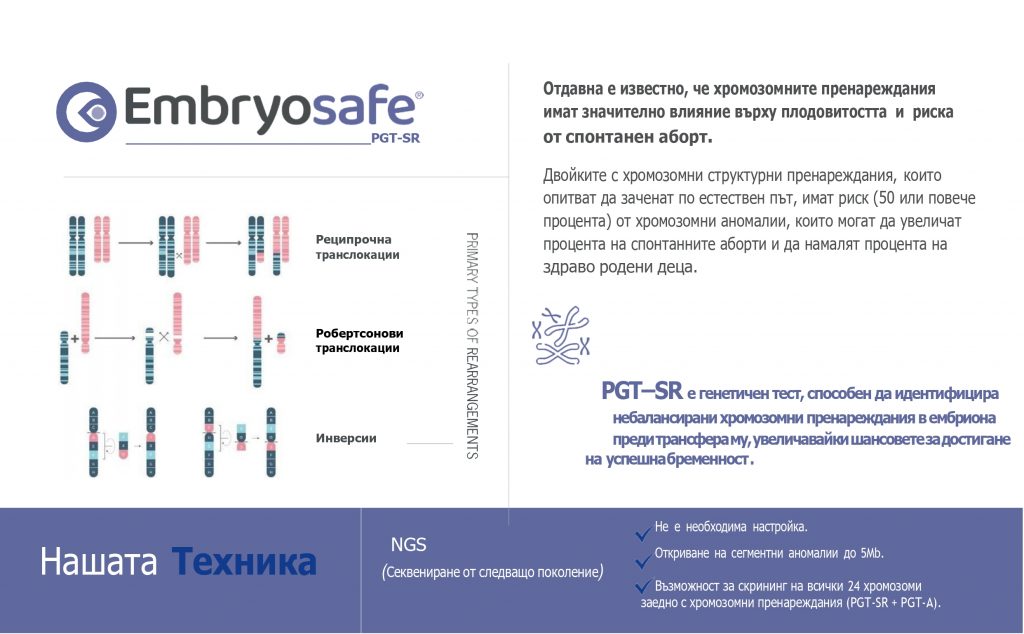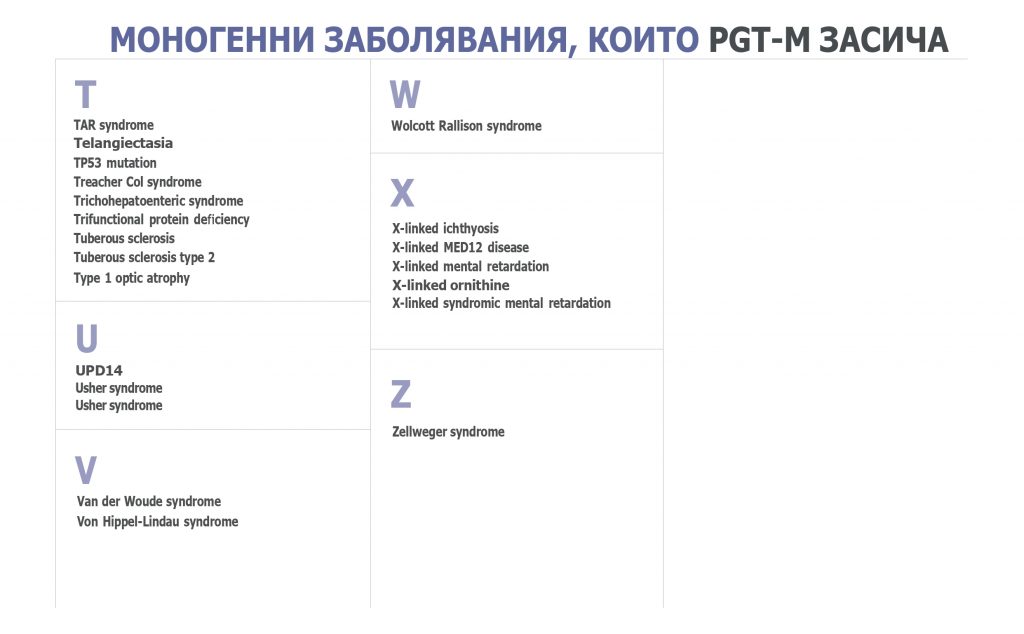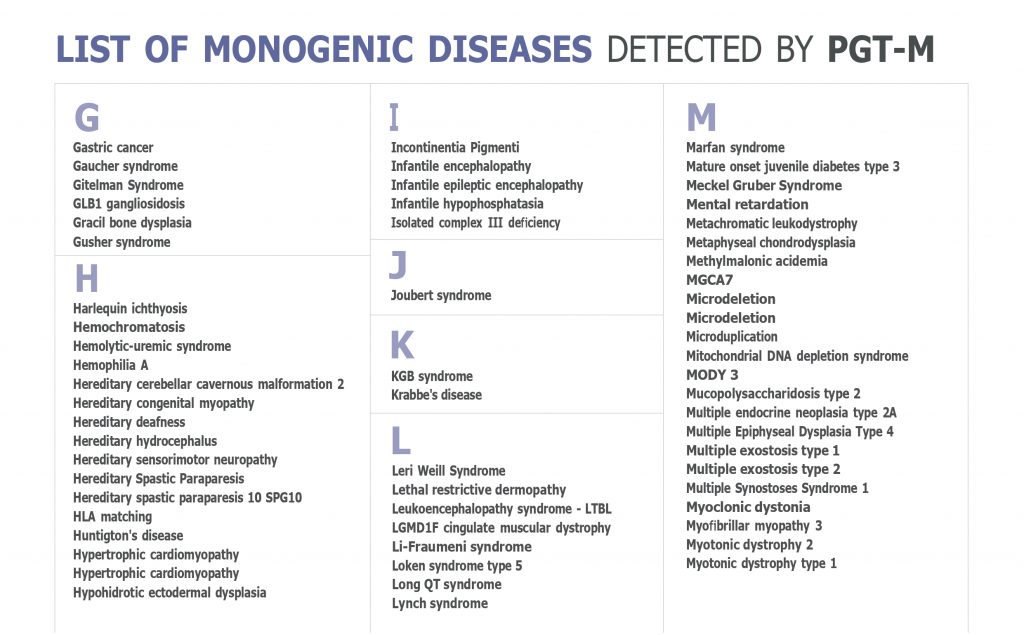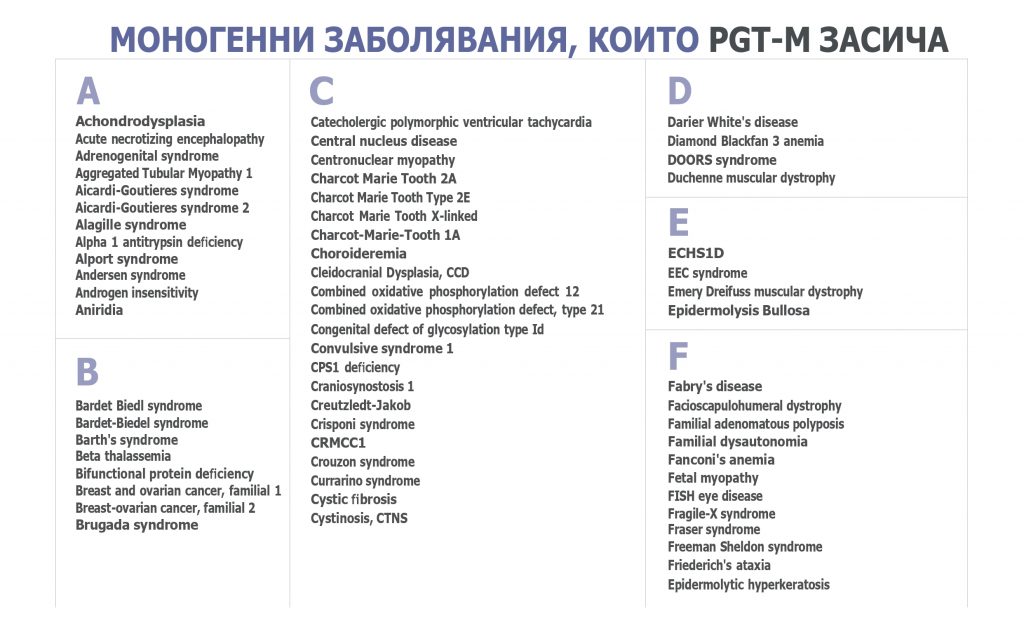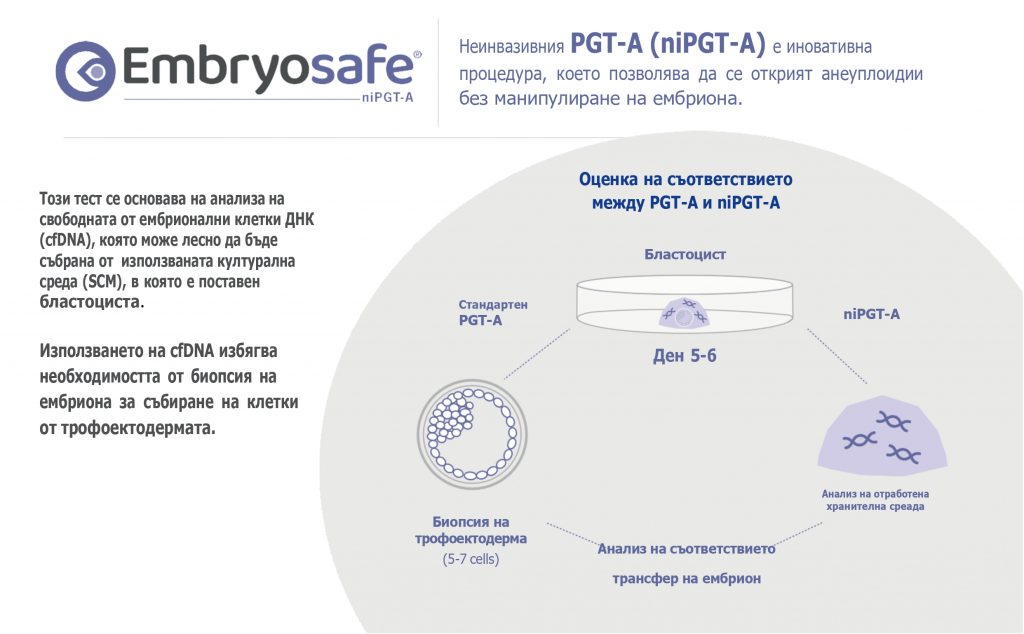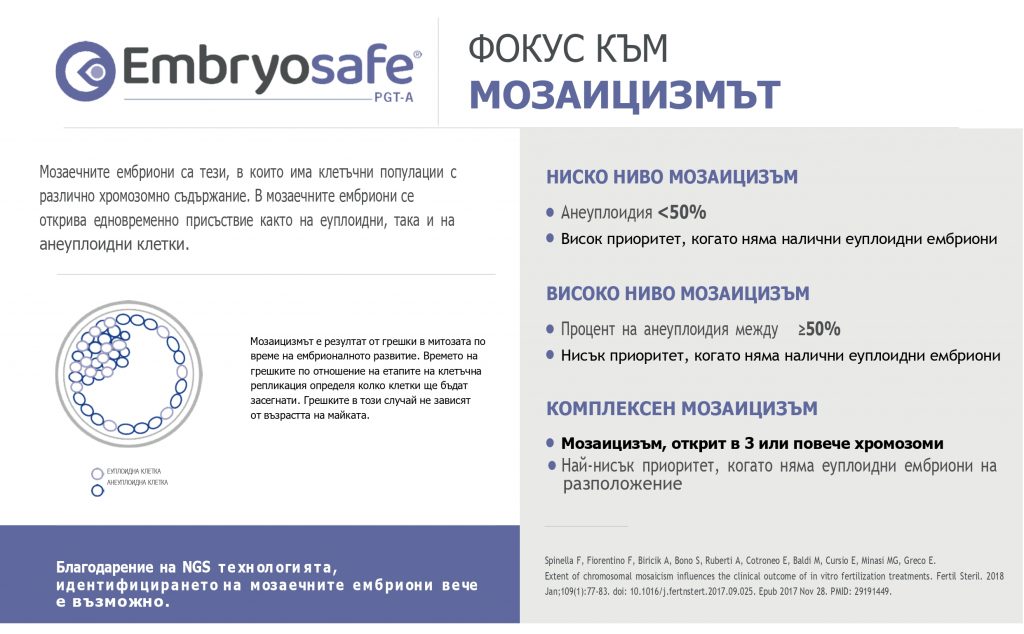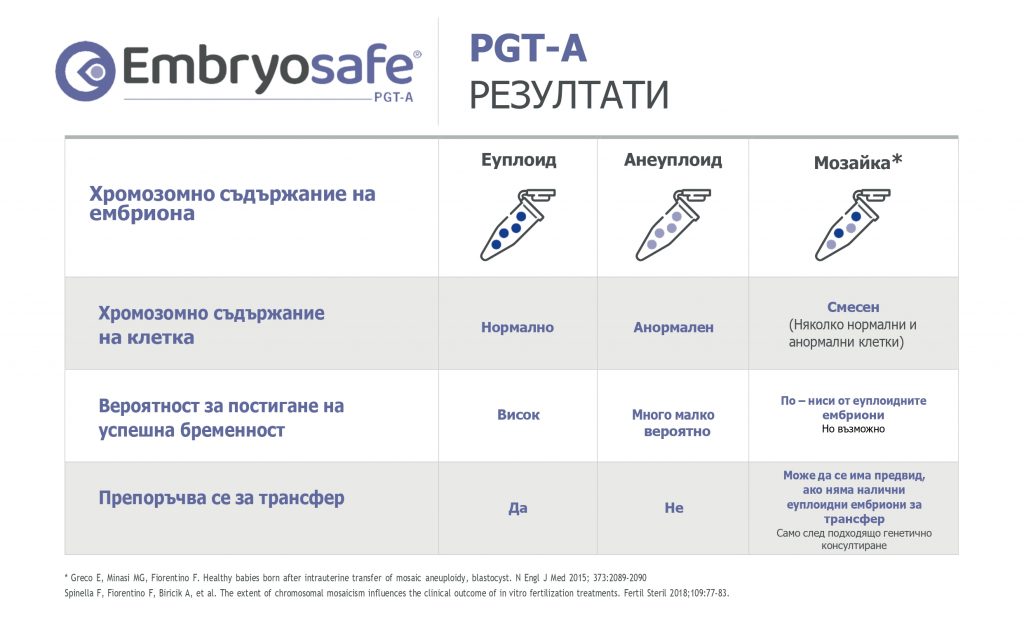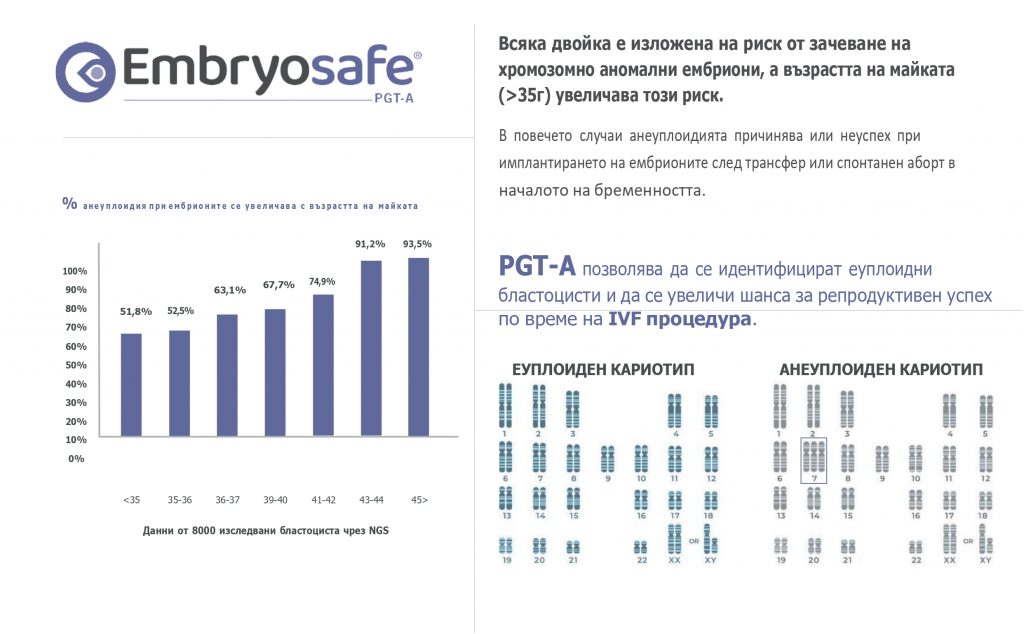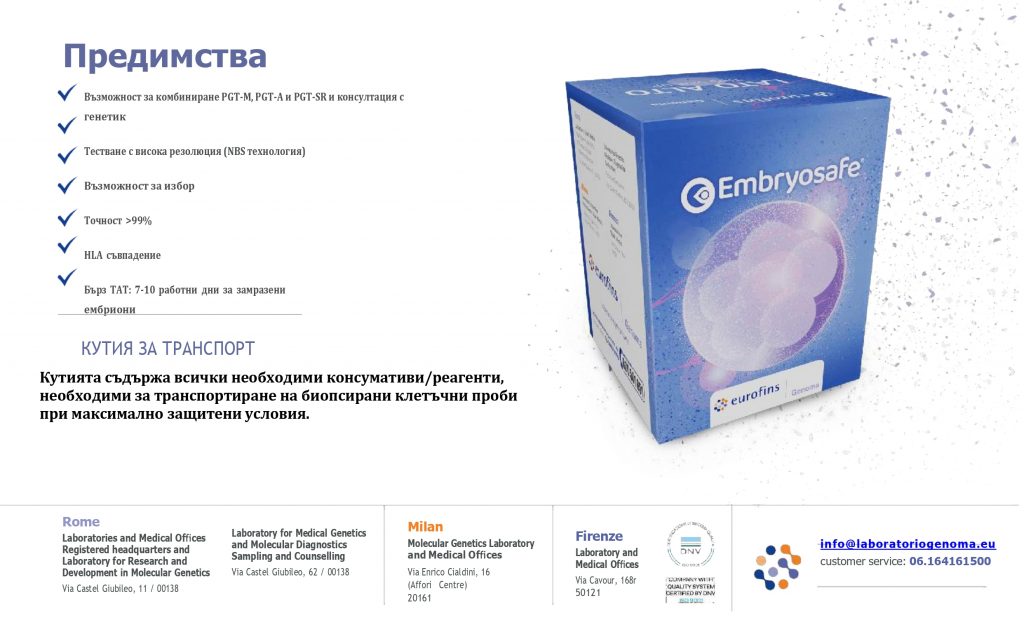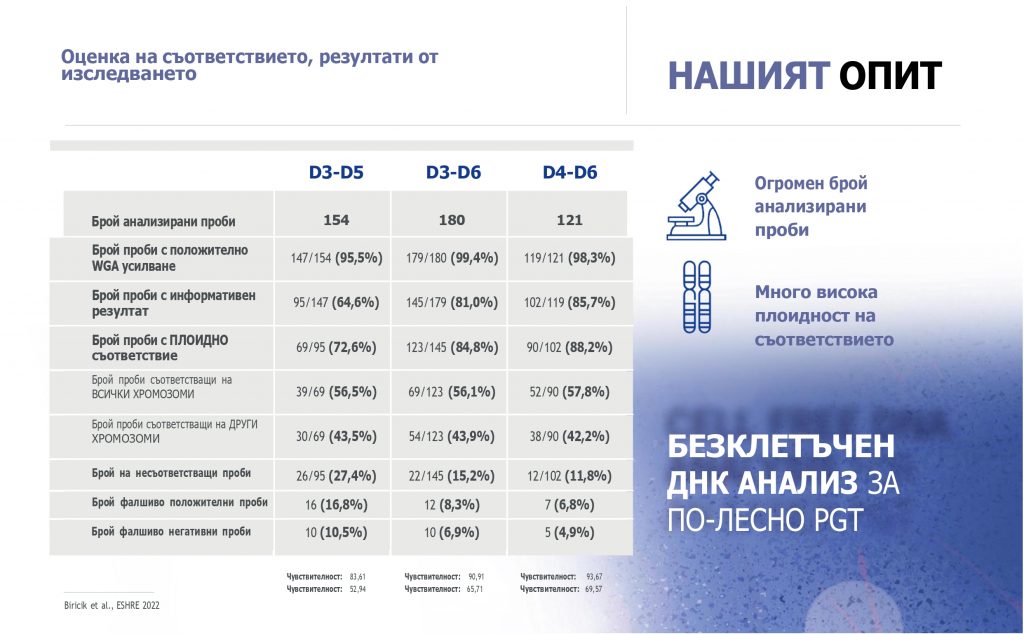The procedure consists of several steps:The procedure consists of several steps:
- A small opening is made with a laser in the shell of the three-day-old embryo - this is Assisted Hatching.
- By day 5, 6, or 7, a few cells from the blastocyst begin to poke through the opening.
- These cells are separated from the embryo with the help of a laser – this is the biopsy material.
- The biopsy material is sent to a genetics laboratory for testing.
- The embryo is frozen until the results are available, and then a transfer date is scheduled.
What might the results of the biopsy be?
Genetic testing shows the number of chromosomes in the embryo.
The possible outcomes are broadly divided into three categories:
- Euploid embryo – correct number of chromosomes. This embryo is a priority for transfer.
- Aneuploid embryo - incorrect number of chromosomes. Such an embryo is avoided.
- Mosaic embryo - part of the cells have the correct number of chromosomes, and another part has an incorrect number. For this type of embryo, depending on the severity of the damage, it is assessed whether and in what order (if there are other embryos) it can be returned to the woman.
Genetic testing is a selection technology independent of the traditional culture approach up to day five (blastocyst stage), but combined with it, it provides important additional information about the quality of the embryos and helps us make a better-informed transfer decision.
Preimplantation genetic diagnosis of embryos:
PGT-A – aneuploidies
PGT-SR – structural chromosomal rearrangements
PGT-M – monogenic diseases
niPGT-A – non-invasive genetic diagnosis for aneuploidies

